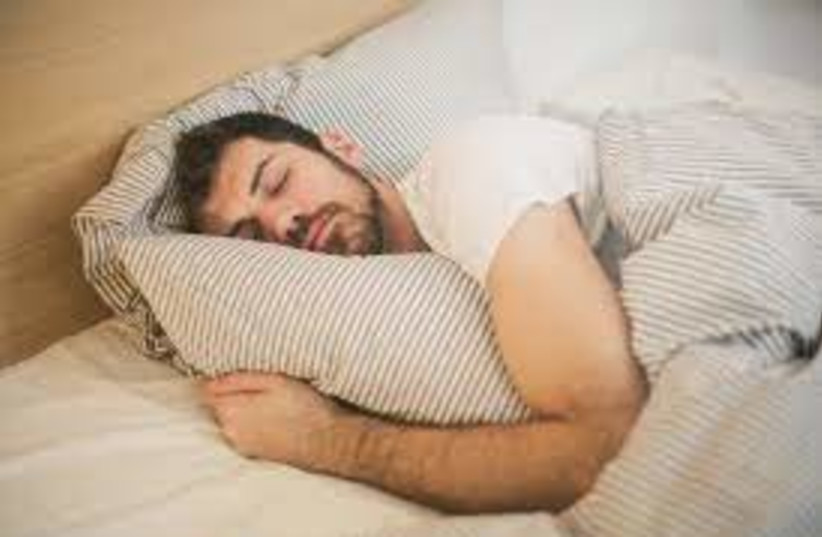An abundance of research published over the last few decades indicates that there are benefits to wearing socks to bed. Studies show that doing so can significantly improve overall sleep quality.
For instance, one 2018 study published in the Journal of Physiological Anthropology found that sleeping with socks on for the duration of a 7-hour sleep enabled subjects to fall asleep faster and maintain a night of restful sleep.
These findings are accompanied by decades of anecdotal testimony that wearing socks to bed helps people improve their sleep. But there are other ways people have achieved the same effect.
A 2000 study published in the Journal of Physiological Anthropology and Applied Human Science also found that bathing and footbaths in warm water during the winter also help promote rapid onset sleep. Additionally, subjects that bathed moved around during sleep less than those who did not.
What these studies are pointing to is that warm feet can lead to these sleep quality benefits.

Why do warm feet benefit sleep?
Vasodilation is the widening of blood vessels and can be induced through the warming of the body. This can be achieved in any number of ways, be it by wearing socks, taking a warm bath, or using a hot water bottle.
Multiple studies point to vasodilation as a key predictor of sleep onset. For instance, the scientific journal, Nature, published a study in 1999 that noted that "vasodilation of distal skin regions (such as the hands and feet) was the best predictor of the body's readiness for sleep."
These same findings appear again and again in the scientific literature. Another such example is found in a 2000 study entitled "Functional link between distal vasodilation and sleep-onset latency?" The study, which was published in the American Journal of Physiology-Regulatory, Integrative and Comparative Physiology, noted that vasodilation of distal regions promoted sleep readiness.
Perhaps ironically, although the warming of the feet leads to vasodilation, vasodilation itself, in turn, leads to heat loss. It's this heat loss that is connected to the onset of sleep.
This is one reason why, in order to reap the benefits of vasodilation in order to sleep, one should do so in a room that is cool. If the room is warm, there won't be enough of a temperature difference to effectively facilitate the heat loss required by the process.
